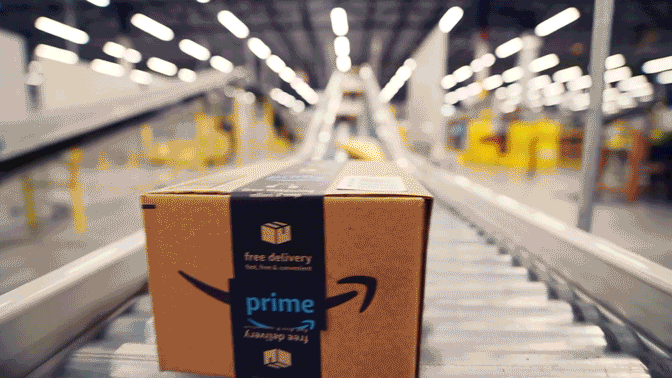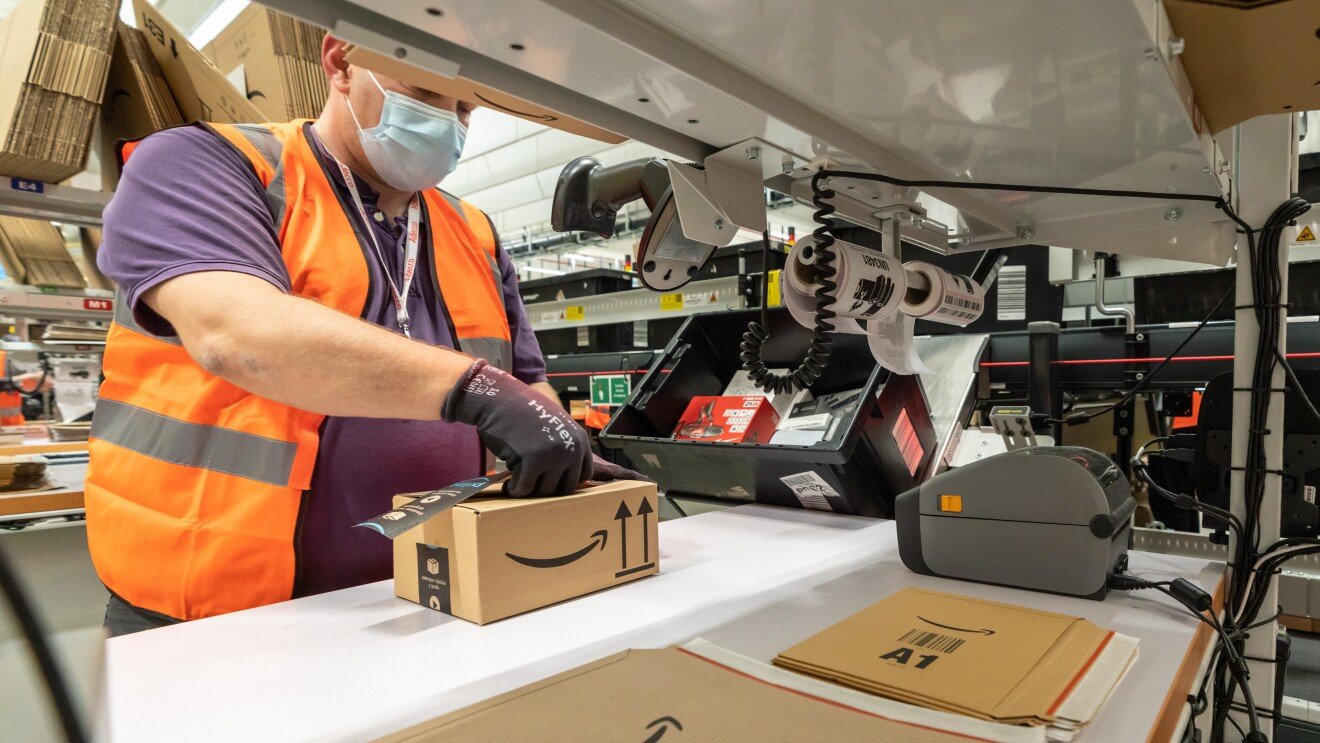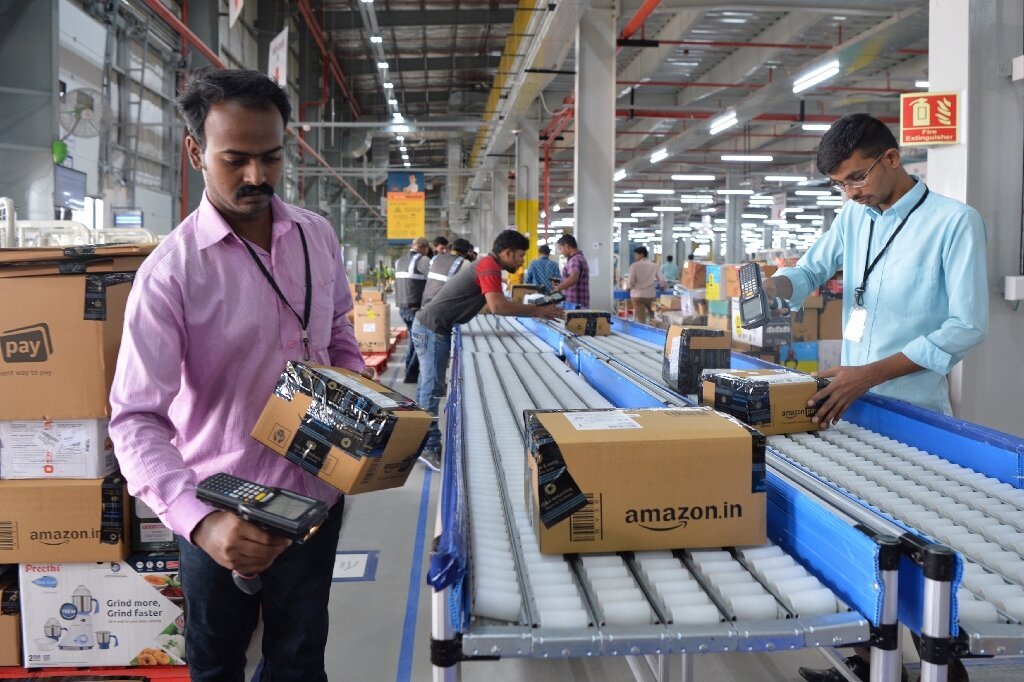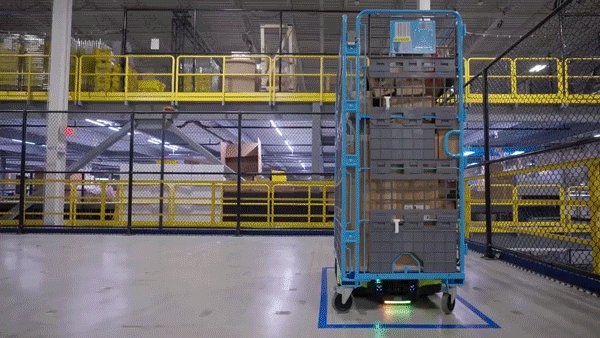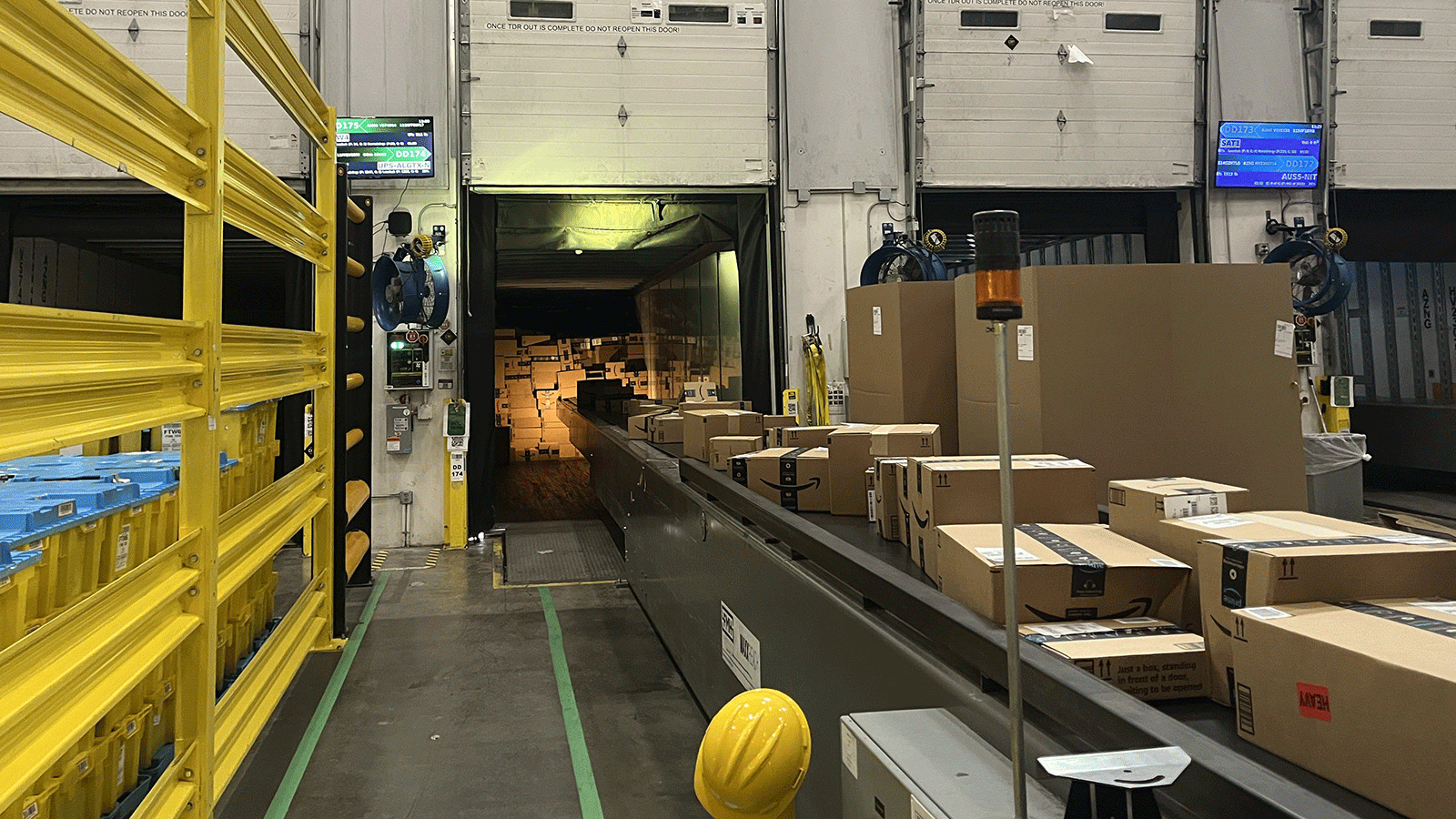What’s Holding Companies Back from Warehouse Automation?
Automated warehouses deliver increased productivity, reduced labor dependency, and lower costs. Here’s how distributors can make them work.
The technology is mature, the promised benefits are significant, yet only about 20 percent of warehouses in North America have adopted any form of automation. This raises several questions: Why aren't more warehouses automated? Why is implementation so challenging? Does anyone achieve success with it, and if so, how? These questions underscore the confusion surrounding warehouse automation, despite its apparent advantages.
Automation has become a key topic for companies and leaders. A recent survey of 65 top logistics and supply chain executives revealed that 70 percent plan to invest approximately $100 million in automation over the next five years, prioritizing speed, process stability, and reduced labor dependency.1 “Hiring more people is always an option, but eventually, we were going to hit a point where that wouldn’t solve the issue,” says one executive, vice president of distribution strategy for a large pharmaceutical company. “Automation in the DCs [distribution centers] allows orders to ship complete with next-day delivery and also replenish branches that provide same-day availability to customers,” added the president of global supply chain for a large industrial distributor. The vice president of supply chain practice at a large IT company predicts that “By 2027, over 75 percent of companies will have adopted some form of cyber-physical automation within their warehouse operations.”
These bold aspirations have yet to translate into actions, however. The number of automated warehouses in North America is projected to grow at a compounded annual growth rate of 8.3 percent over the next few years. At that pace, only a quarter of warehouses will employ some level of automation by 2027.2
Why aren’t distributors automating their warehouses?
In the distribution sector, several factors contribute to the low rate of automation adoption:
Perceived adequacy of current processes. Some distributors believe their current processes are sufficient and can scale to accommodate growth.
Lack of clarity regarding business needs. Misalignment among stakeholders regarding business needs can lead to incorrect investments. Without a clear understanding of objectives and requirements based on the evolution of product portfolio, expected growth, et cetera, the wrong expectations may be set, and incorrect technology can be selected, resulting in a poor return on investment and/or an inadequate solution.
Poor understanding of automation technology. A lack of comprehensive understanding of available automation technologies and their nuances can result in poor decision making and the selection of technologies that don't meet operational needs.
High initial costs creating an untenable ROI. For many companies, the expected return on investment from automation projects is too low. Payback periods for projects are often longer than the lease on the building being automated.
Too many options. The plethora of available solutions makes it daunting for companies to choose the right one. At MODEX 2024, a premier supply chain trade show in the United States, for example, more than 50 autonomous mobile robot (AMR) vendors were present.
Why is implementation so challenging?
If an organization determines that warehouse automation can help the business and meets the investment threshold, the next set of challenges lie in implementation. Even with the best of intentions, implementations can go off track for a multitude of reasons, but two major challenges stand out:
Lack of in-house expertise. Many distributors lack the internal IT and operational expertise to manage the implementation of complex automation solutions successfully. Evaluating the potential engagement of a systems integrator (SI) can help streamline the operations, but usually adds an additional layer of complexity.
Focus limited to the technology and not process. If processes are not redesigned around the solution, and if frontline workers and other stakeholders do not fully embrace the technology, efficiencies may never materialize or scale.
What makes automation work?
Despite the challenges, many companies have successfully implemented warehouse automation solutions by adhering to a set of key actions:
They determine where automation best suits the organization and focus on the capabilities that will drive value.
They assess current business operations, systems, and needs prior to selecting and implementing a solution.
They explore various automation options and plan a scaled deployment, starting with pilot programs to minimize disruptions.
They secure employee buy-in and provide training prior to go-live to ensure staff are fully prepared to leverage automation.
They collaborate with upstream and downstream stakeholders and redesign processes as required to maximize benefits of the selected solution.
A notable example of successful automation is a regional grocery chain. Faced with outdated warehouse operations, the company implemented an automation retrofit design and strategy. Its comprehensive approach included an analysis of network optimization scenarios alongside DC automation options. It assessed DC performance, layout, and capacity, and modeled future growth projections to ensure fit with material handling equipment (MHE) and target automation solutions. Finally, it developed a full business case for its automation investments, looking at several potential implementation scenarios. The results were impressive: 20 percent run-rate savings, a fourfold increase in productivity, 15 to 20 percent faster response times, and a 20 percent decrease in space usage.
Elsewhere, a global logistics company integrated AMRs into its pick process. Initially piloting 1,000 units in North American warehouses, the company later expanded the deployment to other regions. The phased approach allowed for performance monitoring, adjustments as required, and a smooth transition. The AMRs were integrated into existing warehouse management systems without major overhauls and limited to key warehouses that offered the greatest impact from automation. The benefits included a 200 percent increase in picking productivity, a 50 percent reduction in cycle time, and faster, more accurate picking, contributing to a “zero-defect environment.”
Where should we start?
To plan and execute a successful warehouse automation project, companies should focus on five key areas:
Assess process maturity, performance management, and governance within the organization. Ensure sufficient process maturity through robust training programs and current, clearly defined standard operating procedures (SOPs).This should be accompanied by a rigorous governance mechanism with metrics to support coaching and engagement of frontline workers. Additionally, base technologies and master data management are required to streamline integration with automation solutions.
Understand current handling profiles and areas that can most benefit from automation. Not all SKUs benefit equally from automation. Medium- and low-volume SKUs can benefit significantly by reducing operator travel and improving storage density, while high-volume and long-tail SKUs may not benefit as much. Functions involving the most labor hours, task repetitions, and risk of injury are ideal candidates for automation. A clear understanding of where and how automation can benefit the operations is critical to selecting the right solution and ensuring a sound business case is in place.
Involve IT early in the conversation. Many implementations fail due to lack of early engagement of the IT and digital departments when defining the functional and business requirements. Engaging the right experts who can translate requests from the business into clear technical requirements accounting for all end-to-end interdependencies, is paramount.
Narrow the list of solutions to those that can meet the needs of the organization. With many solutions entering or already in the market, selection can be complex (exhibit). Evaluate automation technologies based on a predefined criteria including product profile (small, medium versus bulky), order profile (volume, type of orders—big or small unit orders), maturity of the organization, and future strategic vision (growth, diversification beyond current profiles). This requires in-depth market knowledge about the latest technologies, and understanding the return on investment, setup timeline, integration and implementation requirements, and the provider’s support and maintenance track record.
Evaluate the technical capabilities within the organization in preparation for the future. Assess the organization’s technical capability and maturity to support implementation and ongoing maintenance. Evaluate the current system’s maturity and ability to integrate with automation technologies, as well as maintenance and technical system support within the organization. Based on these inputs, determine whether it is better for the organization to engage with an SI or directly purchase from an OEM. Ultimately, the success of implementation depends on user buy-in, effective change management, and scalability within and across sites.




